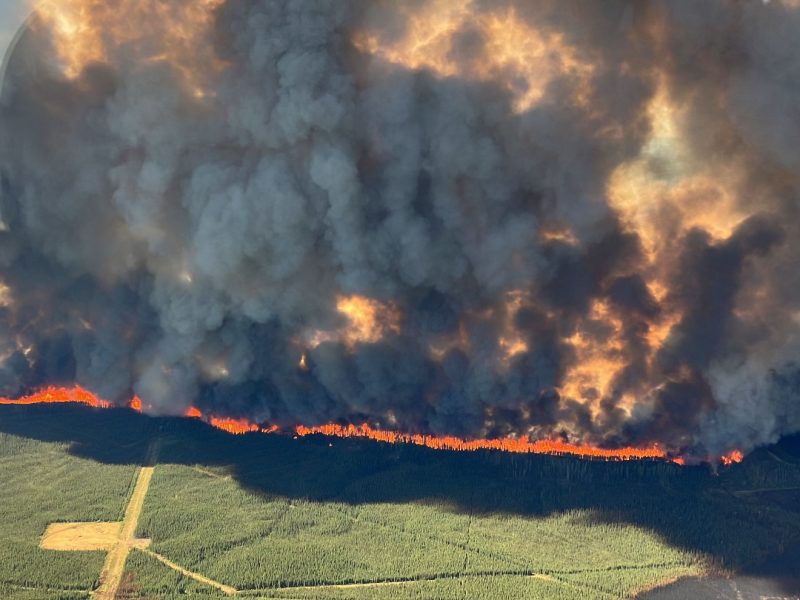The aggressive start to this year’s wildfire season seems to have caught the province unawares, say ranchers in northeastern BC.
“Government really needs to step up their game, they need to pay attention,” says Montney rancher and Stoddart Creek Water Services CEO Thomas Stahl. “We had a dry fall last year. It’s not like they didn’t know the data. … They should have planned for these wildfires because we were heading into a spring that looked really dry.”
When fires did start breaking out, the government did respond as quickly as needed to get ahead of the situation.
“There were so many things that happened on that [Stoddart Creek] fire that were not necessary,” says Stahl. “It could have gotten under control had government responded the way it should respond to fires. But it didn’t. … Now here we are with the repercussions of it all.”
The Stoddart Creek blaze is currently being held after growing to more than 72,200 acres. It’s one of 83 active fires burning across the province as of June 12. The majority are in the Prince George fire centre, where 1.9 million acres have burned this year. The largest is the Donnie Creek fire north of Fort St. John, at 1.2 million acres, which made a 30km run in just five days.
“This might be typical in a really dry fall, but to see this showing up in early May and June is very anomalous,” says predictive services unit superintendent Neal McLoughlin of the BC Wildfire Service, who worries about what’s to come.
The buildup index, which represents the total amount of fuel ready to burn, shows above-normal values for this time of year for parts of the coast, western Cariboo, Northern Interior and northeastern BC.
Looking ahead, Environment and Climate Change Canada indicates a high probability of summer temperatures being above normal with little rainfall to mitigate the dry conditions.
“There are three main ingredients when it comes to extreme fire behaviour. One is that fuels are available to burn, two is that we have strong winds and three … is that we get ignitions,” McLoughlin says. “When we put the three of those together, it’s a very challenging fire season outlook.”


 Fruit specialists take extension in new direction
Fruit specialists take extension in new direction